By Luciana Taddeo
If the intention of the Argentine dictatorship (1976-1983) was to wipe out the dissenters with an extermination plan that included murders, torture, the disappearance of thousands of people, and the theft of babies, the country’s human rights organizations have worked for decades not only for these crimes to be judged but also for their memory to be preserved so that they would never occur again.
With interest fueled by the film “Argentina, 1985”, which showed how Argentines brought to the dock representatives of the first military domains of the dictatorship, the visitor can make, in Buenos Aires, an immersion in the history of these years of repression and the fight for justice after the return of democracy.
The route helps those who seek to understand how Argentines kept alive the memories of the crimes committed in those years and kept evidence accessible with the conservation of former Clandestine Prison Centers (ex-CCD) and invite reflection.
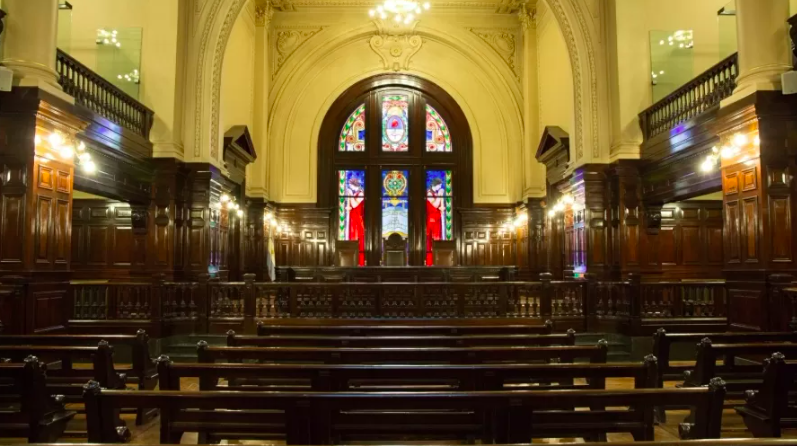
UOL has elaborated an itinerary with points to visit in the Argentine capital to learn about the past that left an estimated balance of 30,000 dead and disappeared, according to human rights organizations.
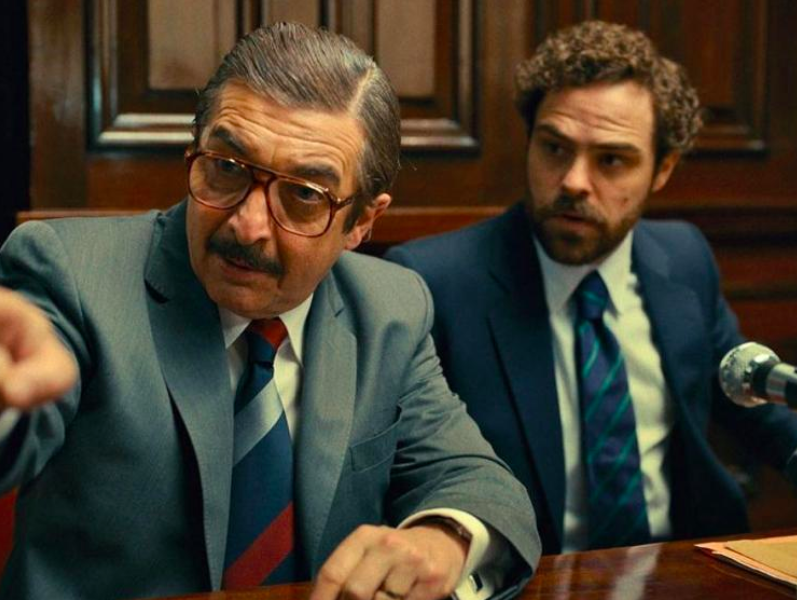
It also indicates where the courthouse is and how to schedule a visit to walk the halls of the Palace of Justice where, almost 40 years later, Argentine actor Ricardo Darín plays prosecutor Julio Strassera, responsible for the prosecution of the military.
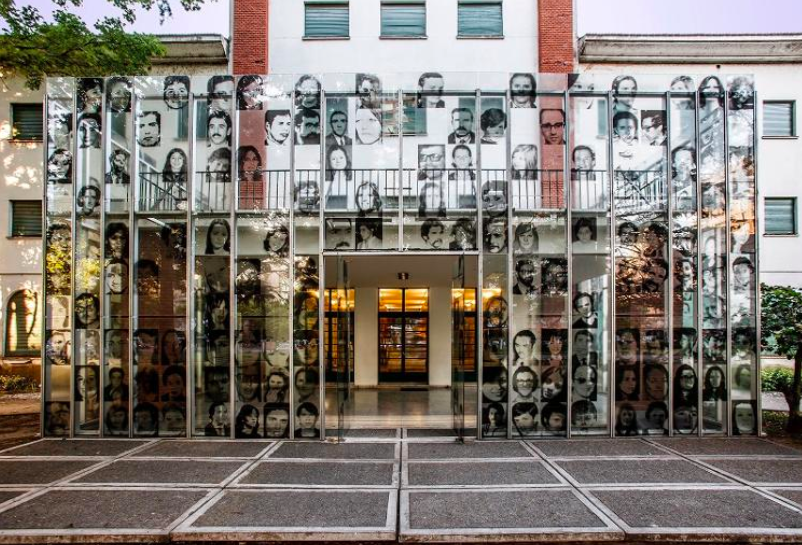
The Escuela Superior Mecánica de la Armada is a vast military complex in the far west of the city of Buenos Aires, in the neighborhood of Núñez, which in 2004 was converted into a memory center occupied by different organizations fighting for human rights, is a must-see for those who want to understand the past of terror promoted by the Argentine dictatorship.
Facing the elegant Libertador Avenue, the site was the center of clandestine prisons, torture, and assassinations in the capital.
From there, buses with doped-up prisoners would leave for the Aeroparque and other regional airports to be thrown by plane into the Rio de la Plata.
This method of murder became known as “death flights”.
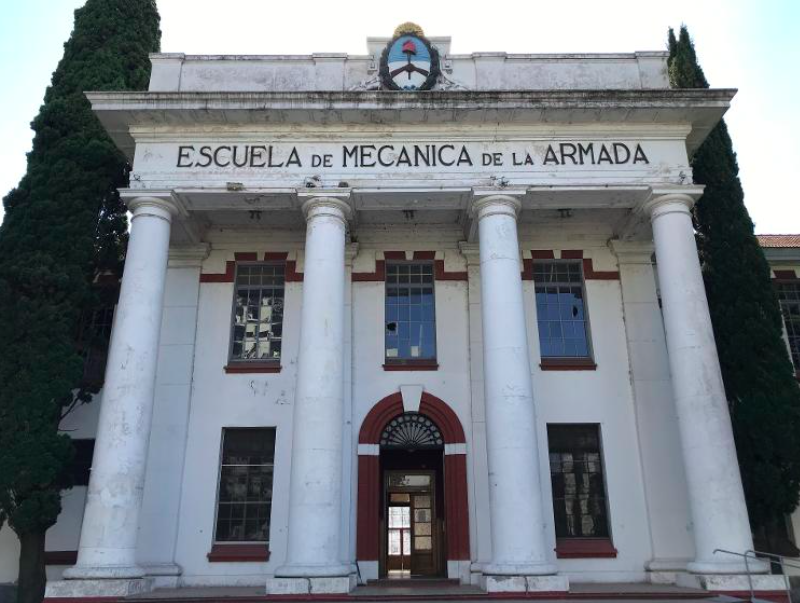
A museum was opened in 2015 in the building that functioned as the “Officers’ Casino,” used as a clandestine prison center.
The other buildings in the complex maintained military operations to appear normal.
It is possible to visit the rooms where the prisoners were tortured upon arrival, the structure of the elevator that the military hid during the visit of the Inter-American Commission on Human Rights to the country to investigate human rights violations in 1979, and the kitchen of the place, where exhibitions are held.
One of the most shocking parts of the visit is the tour through the “capucha” and “capuchita” sectors.
The names, which mean “hood” and “little hood” in Spanish, refer to where prisoners slept and were placed 24 hours a day when they were not tortured.
They were forced to lie down, handcuffed, with hoods over their faces, and to defecate in buckets.
Along the way, excerpts from the 1985 trial are projected, where victims describe what it was like to be held in this place.

Another highlight of the visit is the contact with places where babies were born.
Most were later stolen from their mothers and illegally appropriated by the military or given to other families, and many of the pregnant women were murdered after birth.
The Grandmothers of the Plaza de Mayo, who have dedicated their lives to searching for missing babies, have, as of the close of this guide, found 132 grandchildren out of the 500 or so they estimate were stolen by the dictatorship.
As many trials are held, the building and other ex-CCD buildings are used as evidence.
For this reason, it is with the walls and objects handed over to the organizations and can only be renovated or have walls and parts repaired after judicial authorization.

The ESMA museum is open to the public on Saturdays and Sundays, from 10 am to 5 pm (you may enter until 4 pm), with no need to book in advance.
Visitors can access an audio guide in Portuguese to tour the museum by reading QR codes.
Address: Avenida del Libertador 8151 / 8571
PALACE OF JUSTICE
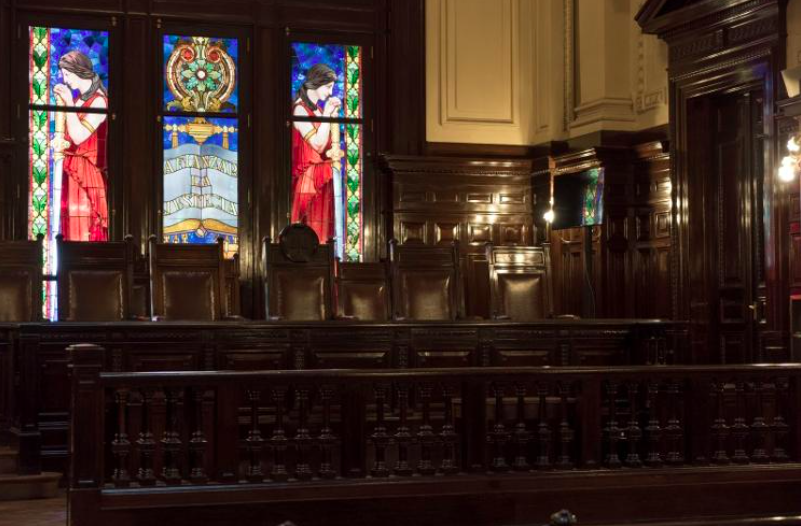
Known in Argentina as ‘Tribunales’, the building where the Supreme Court of Justice works and the room where the trial of the military summits was held in 1985 can be visited only by groups, mainly academic and institutional, who request the visit well in advance by emailing [email protected].
In the corridors of this Palace, not only Darín acted as the prosecutor of the Return to Democracy Trial, but also scenes from other renowned films of Argentine cinema were recorded, such as The Secret of Her Eyes, which gave Argentina its second Oscar as a foreign film in 2010 (the first one was The Official Story, about the dictatorship).

The tour goes through the library, the exhibition of historical judicial documents, and courtrooms, and ends in the so-called “Hall of Human Rights”, with the projection of the final fragment of the allegations of prosecutor Julio Strassera (played in the film by actor Ricardo Darín) in the trial of the military tops in 1985, when he says:
“I want to use a phrase that does not belong to me because it belongs to all Argentineans: Judges, never again!
Address: Talcahuano 550
FORMER ATHLETIC CLUB
Located under an overpass, this former clandestine prison center operated at the gate of an Argentine Federal Police headquarters.
An estimated 1,500 people were arrested at the site during the dictatorship; most are still missing.
There is, however, no information about murders at the site.
From afar, it is possible to identify an oversized silhouette made in honor of the disappeared – also identified with photographs displayed – who passed through the site.
The building was eventually demolished for the construction of the viaduct.
Excavations started 20 years ago and allowed the identification of environments and objects of the Federal Police related to the former clandestine center, which can be observed in the visit.
Declared a national historic site since 2014, the Former Athletic Club can be visited from Monday to Friday, from 10 am to 4 pm.
The tour lasts about an hour and a half. It is necessary to schedule the visit in advance by emailing [email protected].
Address: Avenida Paseo Colón 1266
PLAZA DE MAYO
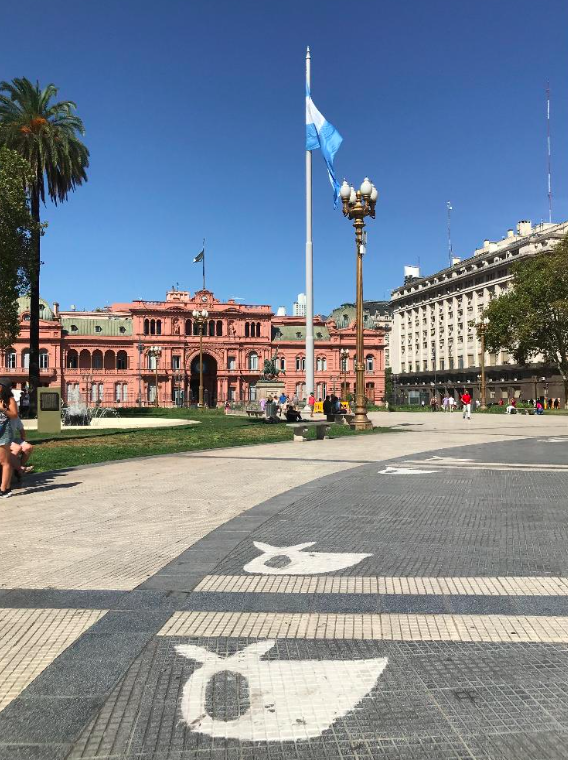
Not only political protests live in Plaza de Mayo, a porteño icon for being in front of the Casa Rosada, the seat of the Argentine government, and the stage of massive protests.
Since 1977, mothers who denounced the disappearance of their children began to march around the May Pyramid, in the center of the square, with white scarves on their heads, which became a symbol of the struggle.
On the square floor are drawings of the scarves around the pyramid.
Azucena Villaflor, the founder of the group, also assassinated by the dictatorship, is buried next to where the mother’s march.

Since the pandemic, when the tradition of doing laps around the square was momentarily interrupted, and with the death of many of them, fewer and fewer “madres” are participating in the laps around the square.
However, there are always activists who join the movement.
Two different groups are marching on opposite sides of the pyramid: one from the Association of the Mothers of Plaza de Mayo, with banners and chants of political content generally in support of Kirchnerism, and another from the Mothers of Plaza de Mayo – Founding Line, which accompanies the reading of a list with several names of the disappeared, and after each one, chants the chorus “present.”
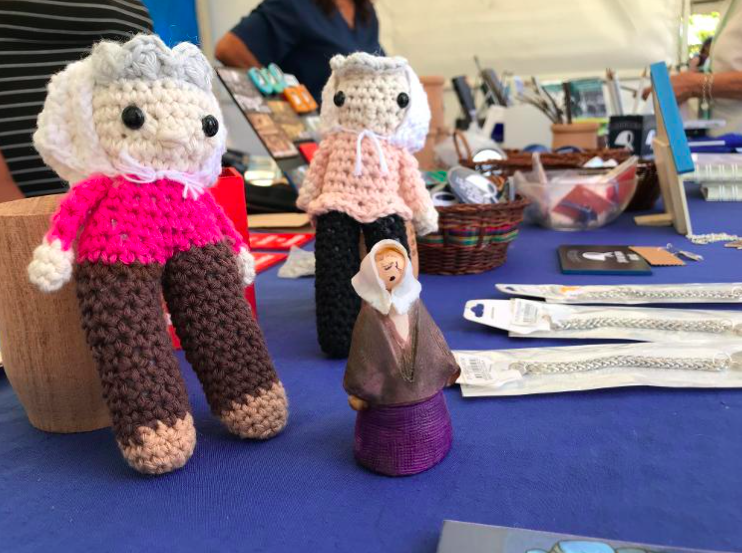
The laps around the square held for decades by these brave women who fought for the appearance and justice for their children’s death occur every Thursday at 3:30 pm.
Minutes before, tourists gather there to watch the moment and buy souvenirs from the stand set up by the association, which sells everything from books to dolls representing the Mothers of Plaza de Mayo.
Address: Plaza de Mayo
EX-CCD OLIMPO
Another former clandestine center of detention, torture, and assassinations during the Argentine dictatorship, “Olimpo,” was also a division of the Argentine Federal Police, but in the Floresta neighborhood, farther from downtown Buenos Aires.
It is estimated that about 500 people, most still missing, were kidnapped there between 1978 and 1979.
After the return of democracy in 1983, there were years of protests by organizations so that the building finally passed, in 2005, from police hands to become a “place for the recovery of the historical memory of the crimes committed by state terrorism and the promotion of human rights and democratic values.
Guided tours can be booked by emailing [email protected] or using the contact form on the website: https://www.exccdolimpo.org.ar/visitanos
Address: Coronel Ramón L. Falcón 4250
TILES FOR MEMORY
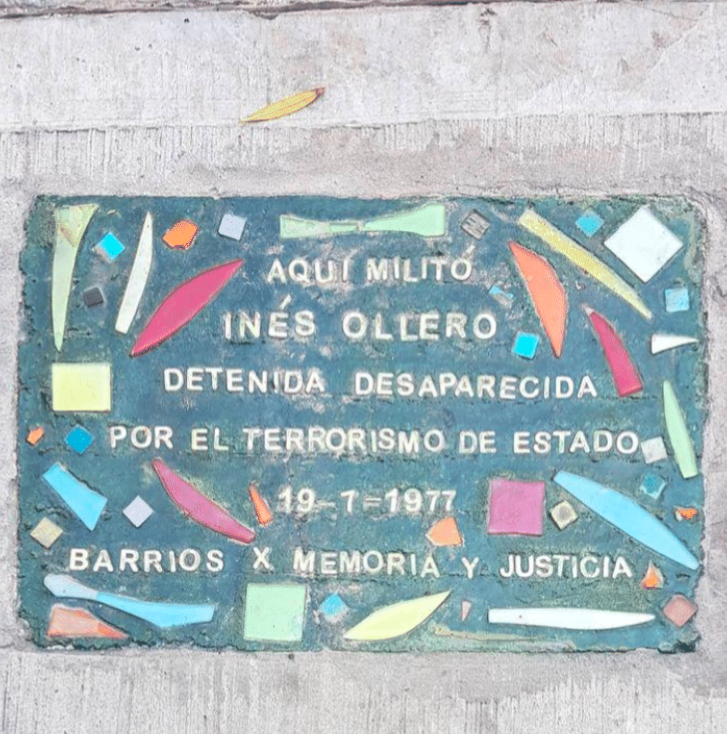
You only have to walk close to find the colorful “baldosas por la memoria” or “memory tiles”, which indicate where activists and human rights defenders were murdered, last seen alive, or lived and worked during the military dictatorship.
Made by the collective Barrios x Memoria y Justicia in 2005, they are spread all over the sidewalks of Buenos Aires and already number 1200 in the capital alone.
Address: check the map to find the closest one https://buenosaires.gob.ar/memoria-ba-mapa-interactivo-huellas-de-la-memoria
PARQUE DE LA MEMORIA

On the banks of the River Plate, where political prisoners were thrown as part of the dictatorship’s extermination plan, visitors can walk through the Park of Memory, which consists of a vast open-air exhibition in honor of the victims of the State terrorism that murdered and disappeared about 30,000 people, according to estimates of human rights in the country.

Parque de la Memoria (Photo internet reproduction)
With free entrance, this 14-hectare park has several sculptures chosen in a contest in which hundreds of artists worldwide applied to honor the victims of repression.
Others are yet to be built.
Among the interesting permanent works are:
- The “Escape Monument” by American Dennis Oppenheim looks like a balanced house but has bars on the windows;
- the “30,000”, by Argentinian Nicolás Guagnini, with the portrait of the artist’s father (who disappeared in 1977) on 25 steel bars, but as the viewer walks, the face disappears;
- and the “Reconstruction of the Portrait of Pablo Míguez” by Argentinian Claudia Fontes consists of a steel sculpture floating in the Rio de la Plata of a missing teenager just 14 years old.

The works are added to the massive Monument to the Victims of State Terrorism that contains the names of all those who disappeared and were murdered by the Argentine dictatorship.
There are four substantial concrete walls with 30,000 plaques, with about 9,000 names separated by the year of death or when they were last seen, with age and – don’t miss it – identification of the pregnant women.

The site also has an exhibition room and a Database for public consultation, permanently updated with information in text and photos about the life and disappearance or death data of those killed by the dictatorship.
Address: Av. Costanera Norte Rafael Obligado 6745
With information from UOL

